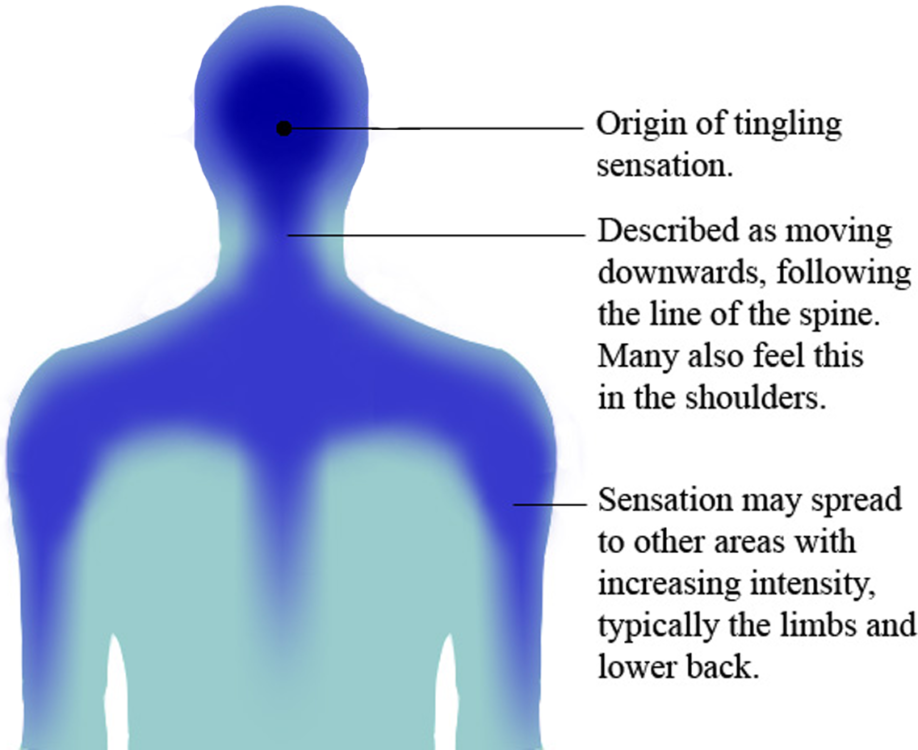If you’ve been keeping up with online trends, then you’ve probably heard of ASMR; it’s an acronym for autonomous sensory meridian response, used to explain the experience of feeling tingly sensations in response to certain audio-visual stimuli, or “triggers.” These triggers include personal attention and close-up ear attention. In response to these triggers, tingles start from the crown of your head and end at your back, and ASMR viewers have claimed to feel more calm and relaxed after these experiences. While it cannot be denied that some individuals are able to experience these calming tingles, not much is truly known about ASMR or the relaxing sensations it brings.
The state of pure focus and relaxation that one experiences during ASMR can be considered a state of flow.
However, there are other existing pHNhenomena and states that share similarities with ASMR, according to a paper published by researchers at Swansea University in 2015. Synaesthesia is a phenomenon in which “specific external stimuli cause an internal experience in a second, unstimulated modality” (here modality refers to another sense). Like ASMR, synaesthesia involves the body feeling automatic responses to audio-visual stimuli while also feeling the positive emotion of calmness. Although similar, the two differ in that the tingles one feels in response to ASMR seem more tangible than the involuntary responses felt during synaesthesia.
In another sense, “flow,” or a state of “intense focus and diminished awareness of the passage of time… associated with optimal performance in several activities,” could be compared to ASMR. When an individual consumes ASMR media, they are found to focus only on the audio or visuals playing while reaching a state of deep relaxation, almost like meditation. The state of pure focus and relaxation that one experiences during ASMR can be considered a state of flow.
Despite the growing popularity of ASMR media online as well as the rising number of ASMR fanatics, there has yet to be a clear scientific explanation as to why ASMR induces tingles and relaxation in certain individuals. However, that is not to say that ASMR should be considered lightly. Studies and personal claims show that ASMR is a beneficial method for individuals to temporarily forget about their stressors and rather focus on relaxing through audio-visual stimuli. Even if you cannot feel the tingles, taking a break to listen to calming sounds and soothing words offers a unique way to relax.
Peer J (2015). DOI: 10.7717/peerj.851
Image: A map showing the locations where individuals feel tingles in response to audio-visual stimuli. DOI: 10.7717/peerj.851/fig-1
